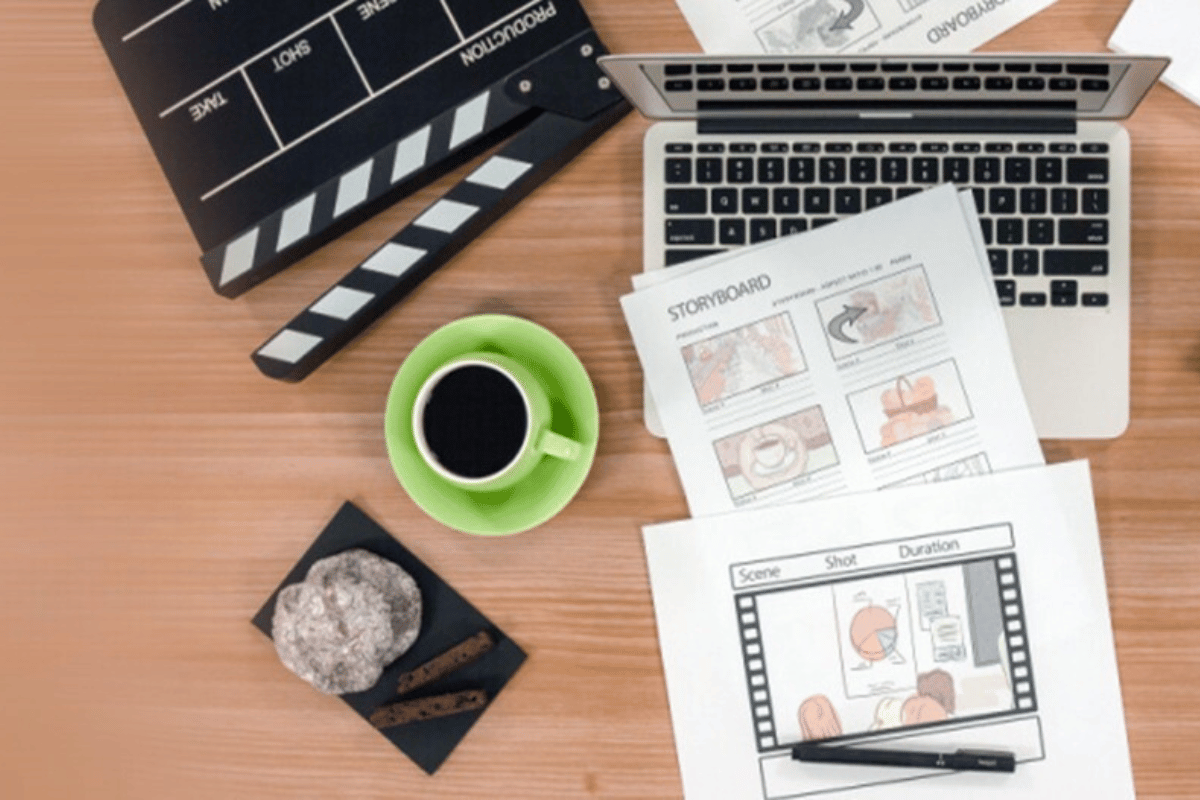Unleashing the Potential of Storyboarding | Media & Animation
Animation, Film, Advertising—Virtually Every Visual Medium Relies On Storyboarding As A Foundational Tool For Bringing Ideas To Life. But What Exactly Is A Storyboard, And Why Is It So Crucial In The Creative Process? In This Blog, We’ll Delve Into The World Of Storyboarding, Exploring Its Significance, Components, And Creation Process.
Lexicon Institute Of Media & Animation (Lexicon IMA) Plays A Pivotal Role In Empowering Aspiring Visual Storytellers To Hone Their Craft And Make Their Mark In The Industry, Providing Industry-Relevant Education And Practical Training To Nurture The Next Generation Of Creative Talent.
What Is Storyboarding?
Storyboards Are More Than Just A Sequence Of Images—They’re Visual Blueprints That Map Out The Narrative Flow Of A Project. Whether It’s A Movie, Animation, Or Marketing Video, Storyboards Serve As A Visual Roadmap, Guiding The Direction Of The Final Product. At Its Core, A Storyboard Breaks Down A Script Or Concept Into Bite-Sized Scenes, Helping Creators Visualize How The Story Unfolds.
Why Use A Storyboard?
Storyboards Are Like Secret Weapons In The Creative Arsenal. Here’s Why They’re So Valuable:
1. Clear Communication
A Picture Is Worth A Thousand Words, And A Storyboard Is Worth A Thousand Lines Of Script. Since Visuals Are Easier To Understand Than Text, Storyboards Are A Fantastic Tool To Communicate Your Ideas To Clients, Collaborators, Or Even Yourself.
2. Planning And Efficiency
Storyboarding Helps You Map Out Your Entire Project Before Production Begins. This Allows You To Identify Potential Issues Early On, Saving Time And Resources Down The Line.
3. Refining Your Vision
The Process Of Creating A Storyboard Can Strengthen Your Concept. As You Visualize Each Scene, You Might Discover Areas For Improvement Or Missing Elements.
4. Collaboration Made Easy
Storyboards Are A Universal Language, Fostering Smooth Collaboration Between Team Members, Especially When Working Remotely.
Who Uses Storyboards?
Storyboarding Isn’t Just For Hollywood Blockbusters. Here Are Some Surprising Applications:
1. Animation Studios
Storyboards Are The Backbone Of Animation Production, Providing A Clear Roadmap For Animators.
2. Marketing And Sales Teams
Storyboards Can Be Used To Create Explainer Videos, Product Demos, Or Even Pitch Presentations.
3. Educators
Storyboards Are A Great Way To Create Engaging Visuals For Presentations Or Lessons, Especially For Younger Audiences.
Types Of Storyboards
Storyboards Have Evolved, Adapting To The Needs Of Modern Storytellers. Traditional Storyboards, Created With Pencil And Paper, Offer A Tangible Way To Visualize Ideas, While Digital Storyboards Leverage Technology To Streamline The Creation Process.
Thumbnail Storyboards Focus On Granular Details Within A Scene, While Digital Tools Enable Collaboration And Integration With Other Software.
Summary
Explore the significance of storyboarding as a powerful tool and understand its role in planning, visualizing, and communicating ideas in media and animation
Source
https://blogs.lexiconima.com/why-storyboarding-is-the-secret-weapon-of-visual-storytellers


Leave a Reply
You must be logged in to post a comment.